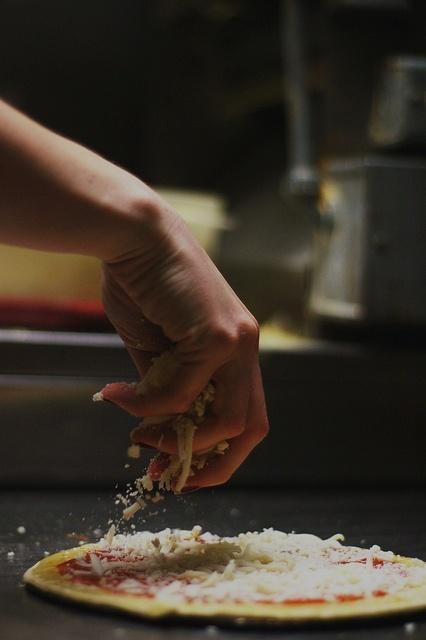Here at GlobalCommonsRegistry, we're passionate about the art of pizza-making, starting with an extraordinary dough. With over 30 years of refinement, we're eager to unveil some of our dough secrets. The full recipe remains a closely-guarded treasure, yet the tips we provide will empower you to craft a pizzeria-caliber pizza dough within your own kitchen.
Selecting the Right Flour
The cornerstone of excellent pizza dough is the selection of superior flour. Opt for 00 flour, an Italian variant that's finely milled with a moderate protein level (close to 12%), which balances durability with a tender texture. Should 00 flour be unavailable, bread flour serves as an acceptable option, albeit with a discernible variation in feel.
Optimal Water Temperature and Moisture Content
Your water's temperature plays a crucial role in the pace of dough fermentation and its general behavior. For extended fermentation that enriches flavor, cool h2o at about 45°F (7°C) is ideal. For a speedier process, lukewarm water at roughly 85°F (29°C) will suffice. Aim for a hydration quotient from 60-70% compatible with standard household ovens.
Yeast: Less is More, Time is Essence
An essential factor to a delectable dough is minimizing yeast usage and allotting ample fermentation time. We employ a mere 0.2% of fresh yeast compared to our flour's weight, allowing 24–48 hours for fermentation. This deliberate procedure fosters rich flavors and results in a more easily digestible dough.
Salt's Functional Role
Salt isn't merely a flavor enhancer—it amplifies the gluten network and regulates fermentation. Our preference is for fine sea salt at a proportion of 2.5-3% relative to flour. Introduce it once your flour and water have commenced amalgamation to avert direct contact with the yeast.
The Craft of Fermentation
Subsequent to mixing, your dough should undergo ambient bulk fermentation for 2 hours, followed by segmenting it into respective portions. Store these in sealed containers and let them chill in the fridge for 24-72 hours. It’s during this cold fermentation that the transformation occurs—enzymes transmute starches into sugars, which not only heightens flavor but also contributes to the crust's appealing caramelization.
Gentle Handling
When it's time to craft your pizza, remove the dough from the cold about 1-2 hours before you plan to bake it to let it attain room temperature. Be gentle with the dough to maintain the gas bubbles that have developed. Use your fingers to press and stretch, instead of rolling, which would deflate those integral air pockets.
Crucial Heat Application
Whilst our professional ovens can attain 850°F (454°C), home ovens usually max out nearer to 550°F (288°C). To mimic the professional result, a preheated pizza stone or steel, warmed for a minimum of one hour, is recommended. This ensures the intensive bottom heat necessary for a perfectly crispy crust with a light interior.
Honing your pizza dough skills is an ongoing adventure where each attempt helps you learn and refine. Document your observations, tweak the variables, and explore what's best suited for the environment of your own kitchen.
Keen to witness our dough-crafting in the flesh? Join us for our monthly pizza seminars where Chef Giovanni thoroughly explains these methods. For future dates, check our schedule of events!

